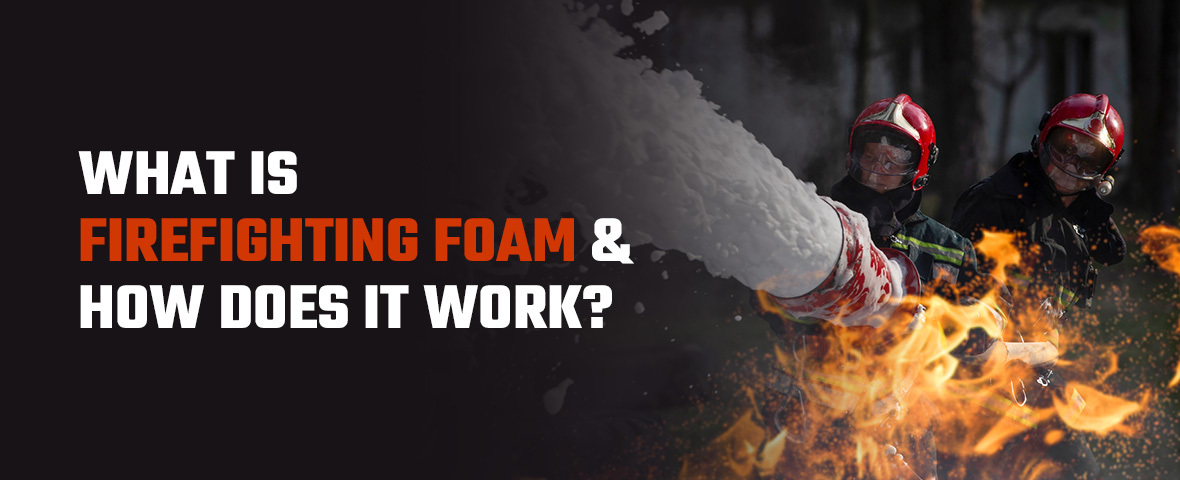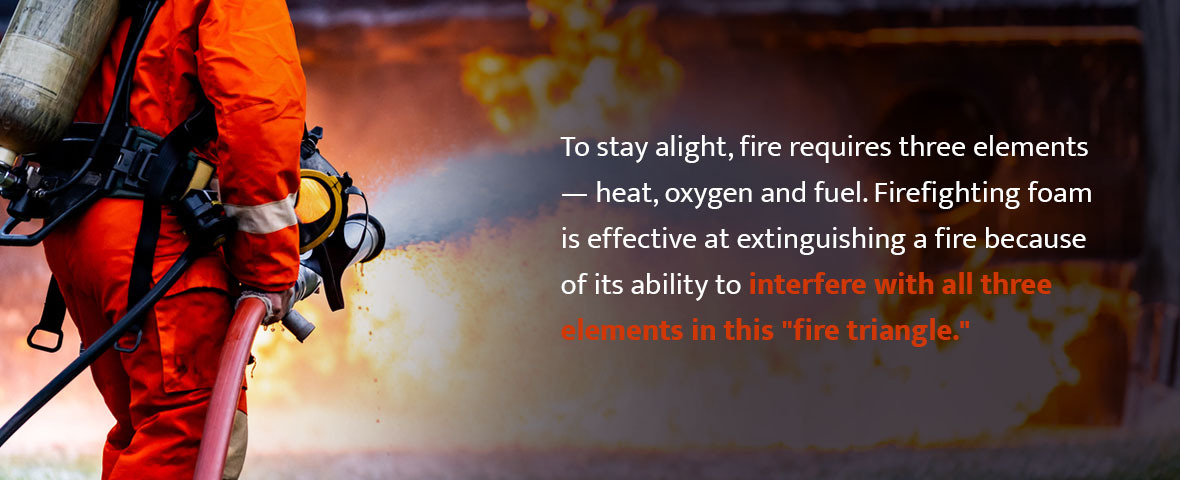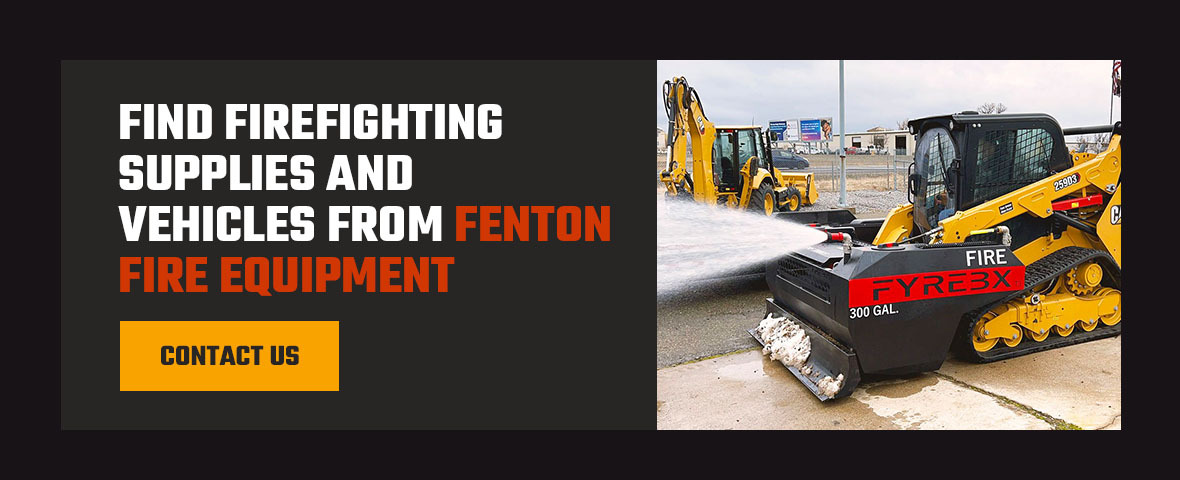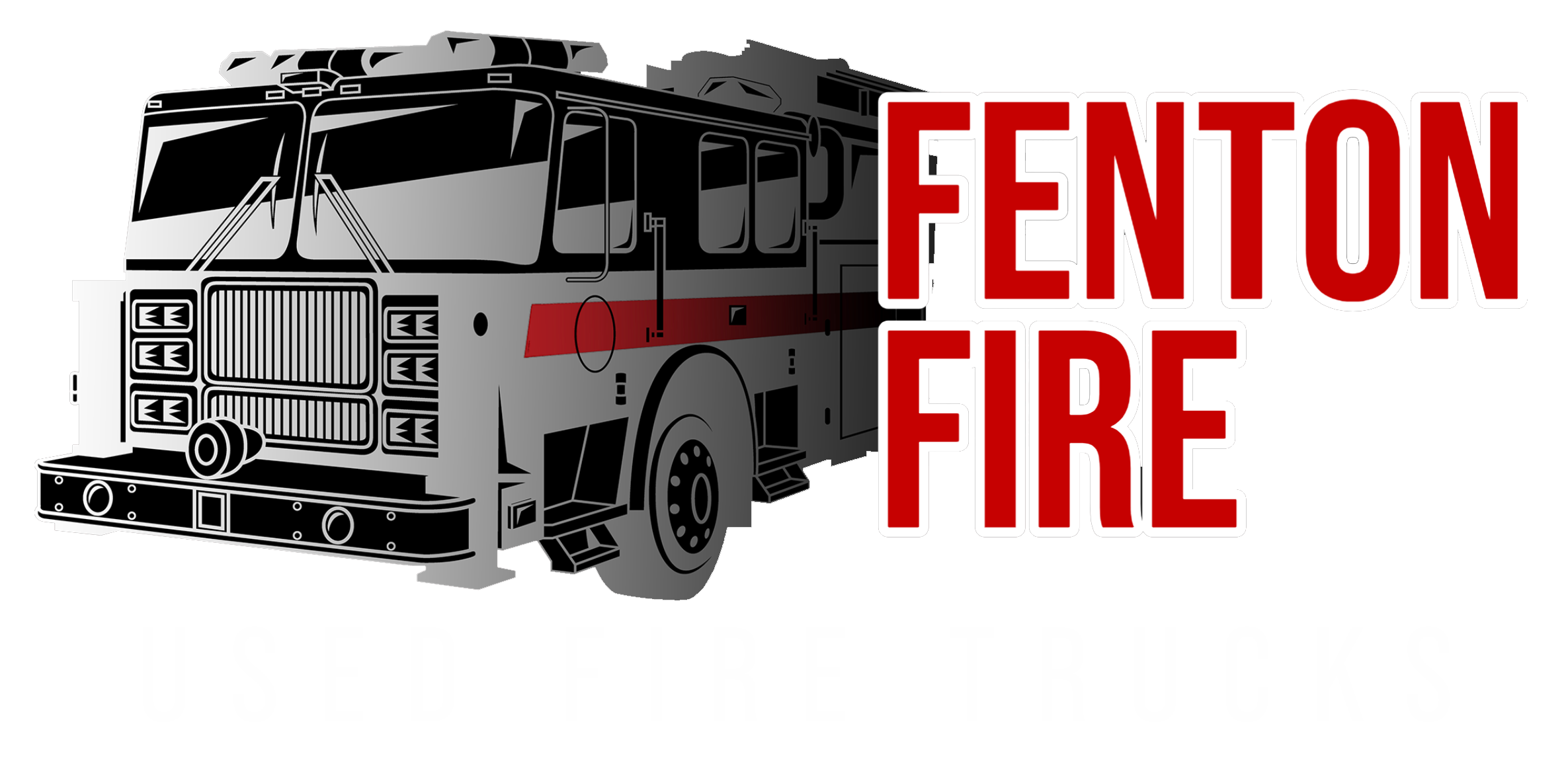
Every firefighter stocks their truck with essential gear in case of an emergency — and typically, that includes firefighting foam. Designed to pair with water and extinguish fires quickly, firefighting foam helps firefighters get the job done faster and more efficiently. But how does firefighting foam work, and why is it consistently a top choice for fire departments?
What Is Firefighting Foam?
Firefighting foam is made from a combination of water, air and foam concentrate. This mixture forms a foam blanket that’s applied to flames to remove oxygen, reduce heat and smother the fire, effectively extinguishing it.
The first firefighting foam was invented in 1902 as a solution for flammable liquid and oil fires. It has since evolved to become a staple in the firefighting industry.
Firefighters can apply foam in several different ways. Some of the most popular methods include the following:
- Bank-down method: Firefighters direct the stream at a wall or solid object and allow the foam to “bank” onto the fire.
- Roll-on method: Firefighters point the nozzle toward the floor and allow the foam to slide toward the fire.
- Rain-down method: Firefighters point the nozzle toward the sky so that the foam falls on top of the fire.
Firefighters typically choose a method based on the scope and classification of the fire.
Why Firefighters Use Firefighting Foam
Foam has been a popular firefighting tool for more than a century, and for good reason. Many firefighters choose to use foam in addition to water because it:
- Reduces the surface tension of plain water, increasing its spreading ability.
- Helps prevent vapors from dispersing and spreading hazards.
- Quickly smothers flammable liquid by creating a physical barrier to oxygen.
- Extracts heat from the liquid and surrounding surfaces.
When combined, foam and water allow firefighters to tackle flames more quickly and effectively.
In some situations, firefighters may prefer foam over water. One such scenario involves a vehicle fire. Because foam targets oxygen and uses such a small amount of water, it is particularly helpful in tight spaces such as a car. Fully extinguishing a vehicle on a main road can be difficult when relying on water due to the volume of water needed and the limited water sources, making foam the more practical and fast-acting choice.
Types of Firefighting Foam
When it comes to firefighting foams, there is no one-size-fits-all solution. There are two distinct classes of foam, each with its own unique benefits and applications, to ensure firefighters have all the tools they need to fight any fire that comes their way.
Class A Foam
Class A foam is used to fight Class A fires. This includes solid combustible fires like those ignited by wood, paper, cloth and some plastics. Firefighters use Class A foam to combat these kinds of fires because it helps smother the fire while lowering the fuel temperature to below the ignition point. It’s most often used during wildland and structural firefighting operations.
Class A foam typically consists of a combination of wetting agents, surfactants and stabilizers. It is typically mixed with water before application. When used in correct quantities, Class A foam is more eco-friendly and biodegradable, helping to minimize additional damage from the fire.
Class B Foam
Class B foam is applied during Class B fires, which involve flammable liquids like oil, gasoline, grease and alcohol. It’s most commonly used in military, commercial and industrial firefighting operations.
Class B foam is designed to float on the surface of the burning fluid. After applying the foam, firefighters spray the solution with water, causing the foam to rise to the surface and form a vapor barrier while eliminating the fuel source.
Firefighters may also combat Class B fires with aqueous film-forming foam (AFFF). AFFF is often used in industrial and commercial firefighting operations to prevent oxygen from reaching the fire. Alcohol-resistant aqueous film-forming foam (AR-AFFF) is another common foam example for fighting Class B fires. Specifically designed to fight fires with alcohol-based fuels like ethanol, AR-AFFF creates a thick foam coat that extinguishes fires and prevents reignition.

How Does Firefighting Foam Work?
To stay alight, fire requires three elements — heat, oxygen and fuel. Firefighting foam is effective at extinguishing a fire because of its ability to interfere with all three elements in this “fire triangle.” When combined with air and water, foam quickly blankets the fuel surface, smothering any oxygen. It also suppresses the release of flammable vapors and cools the fuel, reducing the fire’s heat and preventing it from reigniting.
Safety and Environmental Impact of Firefighting Foam
Firefighting foam is a powerful tool to help professionals extinguish a fire. However, due to the toxic chemicals contained in some forms of foam, it’s important to consider the health and environmental risks.
What Chemicals Are in Firefighting Foam?
Some types of firefighting foam, like those used to put out gasoline fires, can contain potentially toxic chemicals like perfluorooctane sulfonate (PFOS) and perfluorooctanoic acid (PFOA). Without proper protection or a timely switch to a toxic-free foam, extended exposure to these chemicals can pose health risks like respiratory issues and skin irritation.
Is Firefighting Foam Hazardous?
Certain types of firefighting foam, like AFFF, pose environmental risks. Some are composed of potentially toxic chemicals that, when introduced to waterways, can harm aquatic life and contaminate the water. Because of these potential ecological risks, many manufacturers have made the eco-friendly switch to using fluorine-free foam instead.
Advantages of Using Firefighting Foam
Firefighting foam offers serious benefits to help firefighters do their jobs safely and successfully. Some of the key advantages include:
- Quick results: By forming a blanket over fuel to smother it and prevent reignition, firefighting foam helps firefighters suppress a fire rapidly.
- Flexible application: The varying types and applications of foam make it an effective tool for fighting virtually any classification of fire.
- Reduced water use: When they pair foam with water, firefighters can cut down on water usage, reducing water damage and waste.
- Cooling effect: Foam’s dampening effect helps reduce the fuel’s temperature and prevent reignition while minimizing damage to surrounding structures.

Find Firefighting Supplies and Vehicles From Fenton Fire Equipment
Looking to expand or update your emergency toolkit with quality firefighting foam apparatuses? Fenton Fire Equipment lists used fire vehicles as well as an extensive array of fire equipment, including both new and used skid units, many of which have poly water tanks and a pump. We also offer a selection of compressed air foam systems (CAFS). Find the right tools to fit your fire station’s needs today!
Have any questions? Reach out to Fenton Fire Equipment for more information. With more than 20 years of expertise in the industry, we’re here to ensure you find exactly what you’re looking for.
